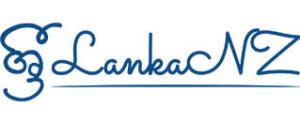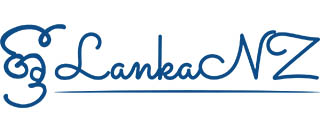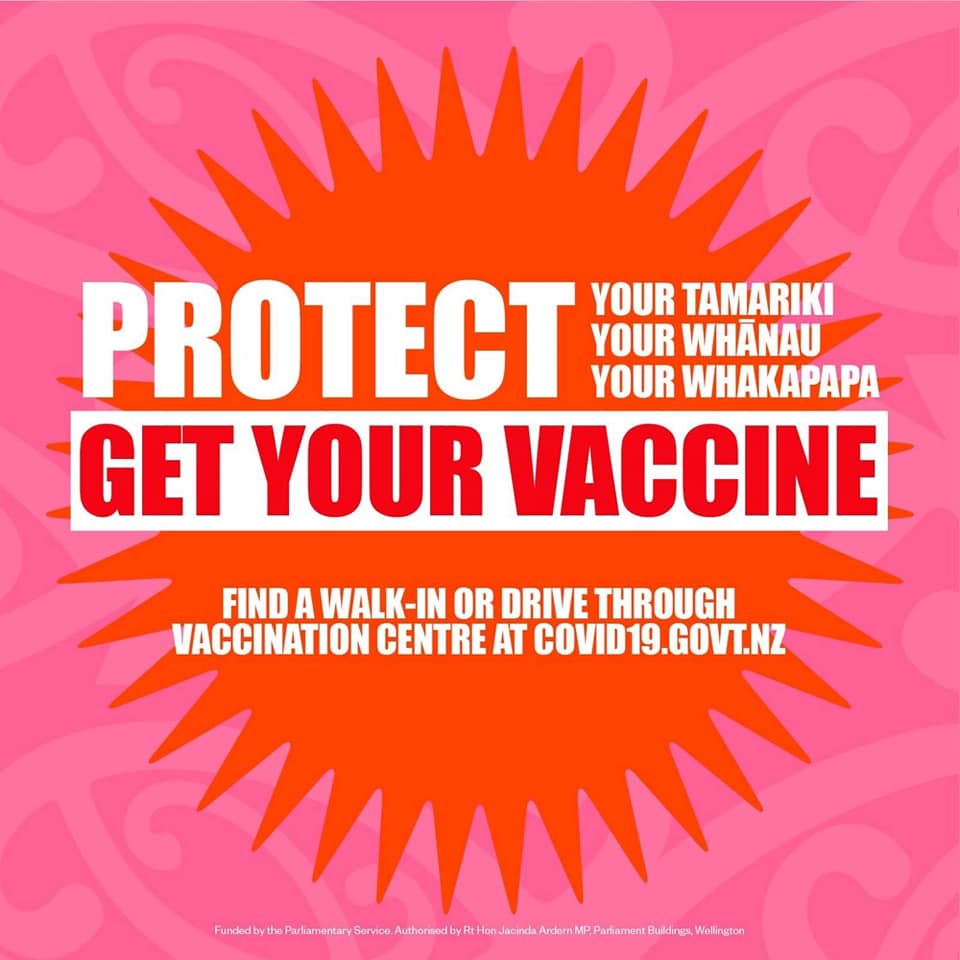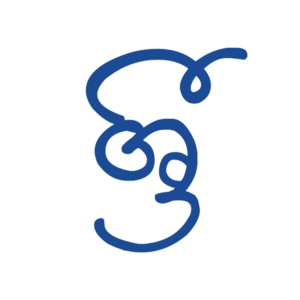Writer Dr Amal Punchihewa- BSc(Eng)Hons., MEEng., PhD. a Chartered Professional Engineer, a Fellow of the Institution of Engineering and Technology, a Senior Member of the Institution of Electrical and Electronics Engineering (IEEE) in the USA, a Fellow of Engineering New Zealand, and a life member of the Sri Lanka Association for Advancement of Science. An awardee of the Wimalasurendra Award in recognition of his contribution to broadcasting development.
AI COULD IMPROVE THE DIGITAL ACCESSIBILITY OF INFORMATION.
My last few articles discussed the role that Artificial Intelligence (AI) could play in finding better solutions for societal needs. They presented some positive aspects as well as the harm AI may cause if not managed appropriately.
Global Accessibility Awareness Day.
This article focuses on the useful application of AI in improving access to information for differently abled people. I have selected this topic because we celebrated Global Accessibility Awareness Day (GAAD), on 19 May 2024. GAAD is an annual event observed on the third Thursday of May. Its purpose is to raise awareness about the importance of digital accessibility and the challenges faced by people with disabilities when accessing the Internet, communications, and technology. GAAD aims to get everyone talking, thinking, and learning about digital access and inclusion.
Equal Access to Audio-Visual Media.

In New Zealand and any other country, everyone including those who are having impairments should have equal access to audio-visual media. In New Zealand, that includes more than 880,000 members of the Deaf or hard of hearing community, and more than 180,000 people with visual impairments.
In the domain of media, people mainly consume media by reading or seeing. We publish information in books, papers, and websites and broadcast via radio or television. Any person with hearing or vision impairments finds it difficult to hear or see. Hence, it is important to provide alternative methods for people with those impairments to access information.
- Accessible websites provide a way for people with visual impairment to hear voices, as a text-to-speech converter reads the text.
- Similarly, in radio and television, sound can be converted to texts known as captions and pictures can be described using sound known as audio descriptions (AD) for the visually impaired.
Closed Captions.
In New Zealand television services, especially from the public service broadcaster Television New Zealand (TVNZ), offer closed captions (CC) and/or audio descriptions (AD) for most of their programmes. In some countries such as Japan, the requirement to include closed captions is compulsory and has been legislated. Due to the cost of closed captions and audio descriptions, these requirements are not mandated in all countries. Though sign language is an official language in New Zealand, except on special occasions, we do not use a signer. During COVID-19, we noticed the signer regularly on our television.
Closed Captions are designed to provide access to TV, film and video for the Deaf and hard-of-hearing communities. Captions provide a written alternative to the whole auditory experience, including the dialogue, music and important ambient sounds. More than 2,750,000 words are transcribed every week on New Zealand TV. Captions are created through a hybrid blend of AI technology and human skill.
At present, there is no legislation in New Zealand requiring broadcasters and video-on-demand providers to provide captioning, compared to Australia where TV stations are required to broadcast with captioning on all primary channels between the hours of 6 AM and midnight. TVNZ opened up closed captioning for streamers as well in September 2018. Nearly 60% of the content available on TVNZ+ is captioned.
Digital Accessibility.

Accessibility should be a core requirement in technology and digital product development. Digital accessibility can be described as the ability of people with disabilities to independently consume and interact with digital applications and content (e.g., websites, and mobile apps). Key aspects of digital accessibility include providing alternative text for images, captioning for videos, accessible navigation, and plain language for different learning abilities.
There are four common disabilities or impairments: viz., visual, hearing, motor and cognitive.
- Visual impairment is where people who are blind need alternative text descriptions for images and rely on keyboard navigation.
- Deaf or hard-of-hearing individuals who require captioning and visual cues instead of audio have hearing impairments.
- Motor disability includes people with motor impairments (physical disability) who may use alternative keyboards or eye control.
- Cognitive impairments (problems with a person’s ability to think, learn, remember, use judgement, and make decisions) make cluttered screens difficult to follow and it is recommended to use plain language.
On Your Television…

I request you to explore some of these features while watching television or reading an online article. If you have a senior in your household, invoke closed captions using your remote controller. If you have a person in your proximity who cannot enjoy some visuals, activate Audio Descriptions (AD) if available. This can be discovered by reading the electronic programme guide (EPG) you have on your television for FreeviewPlus services in New Zealand.
These closed captions and audio descriptions are enabled by artificial intelligence moderated by humans. In New Zealand, these CC and AD services are provided by a not-for-profit organisation called ABLE. If you keep CC on your television, you will notice this at the beginning and the end of a programme. Rapid advancements in computational and AI technologies have made CC and AD more affordable. Hence, CC and AD in improving accessibility for digital information consumption have been enabled by AI and other related advancing technologies. Soon we could see an avatar on our television providing sign language communication driven by a text-to-sign.
In New Zealand, not only over a million people with impairments (the Deaf or hard of hearing community and blind or have low vision) benefit from accessibility media services but also those who rely on subtitles to help improve literacy or navigate English as a second language.
Dr. Amal Punchihewa – Palmerston North









